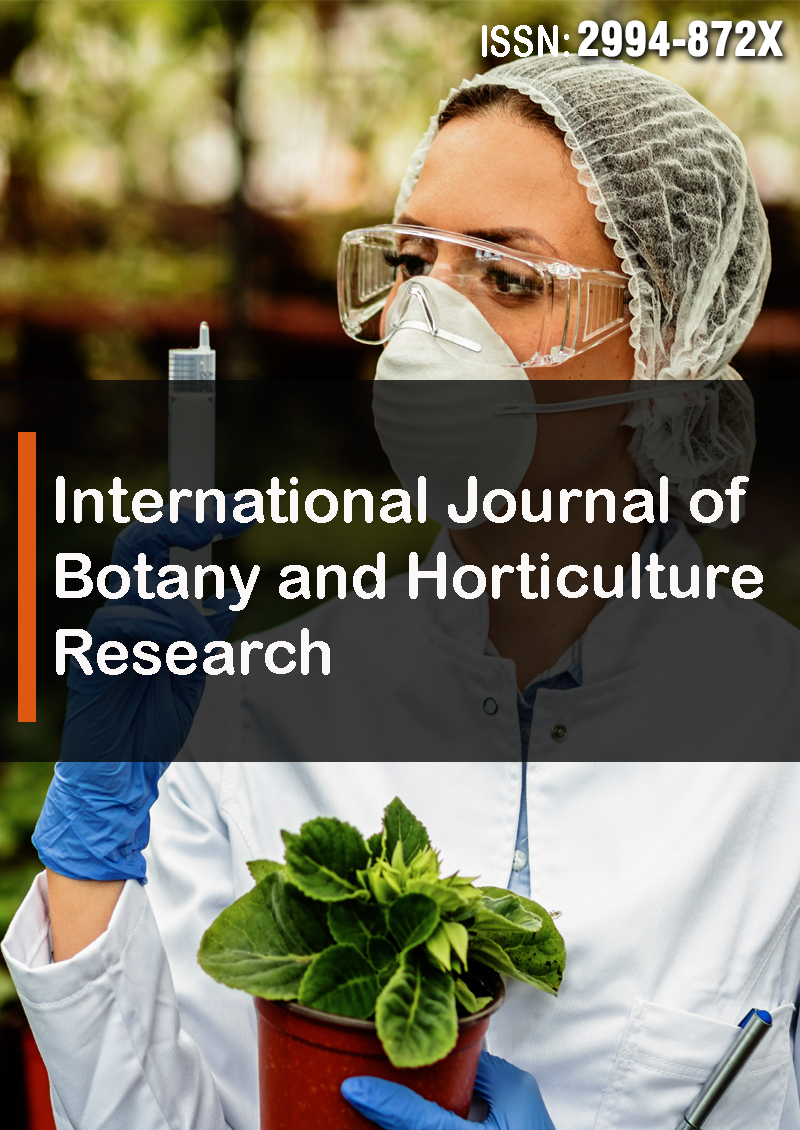Genotype x Environment Interaction and Oil yield Stability of Linseed (Linum usitatissimum L.) Genotypes in North, Central and Southeast Ethiopia
Abstract
Tadesse Ghiday, Wassu Mohamed, Yemane Tsehaye, Adugna Wakjira, Chemeda Daba and Teasfaye Disasa
Linseed (Linum usitatissimum L.) is one of the most prominent industrial oilseed crops cultivated for both seed and fiber. Lack of stable genotypes across the linseed production area is one of the problems. Thirteen linseed genotypes were planted in randomized complete block design with three replications at six linseed major growing agro-ecologies of North, central and Southeastern Ethiopia (Werabe, D\Markos, Welkite, Holeta, Kulumsa and Adiet) in 2021/2022 cropping season. With the objectives of determining the effects of GEI, on oil yield of linseed and identifying better performing and well adapted linseed genotypes than the control variety, and to prepare for registration and release of selected high oil yielding genotypes in the different linseed agro-environment conditions of Ethiopia. The oil yield subjected to the combined analysis of variance showed a highly significant (p<0.01) effect of genotype, location, and genotype x location interactions (GLI). Similarly the combined AMMI ANOVA for oil yield revealed that there were highly significant differences among genotypes, locations and genotype by location interactions and accounted 22.11%, 31.40% and 46.49% of the total variations respectively. The highest percentages of environmental variations are an indication that environment is the major factor that influences the yield performance of linseed oil yield in Ethiopia. In addition, the first two IPCAs were significant and accounted for 80.77% of the total interactions sum squares. Six stability measures viz Eberhart and Russell analysis (bi and S2di), Additive Main Effect and Multiplicative Interaction (AMMI) model, AMMI Stability Value (ASV),Yield Stability Index (YSI),Genotype Main Effect and Genotype by Environment Interaction Effect (GGE) bi plot analysis Model were used to evaluate the stable genotypes across the testing locations. Genotypes 10097(G2), 10103 (G3) and 239716 (G7) were more stable by Eberhart and Russell analysis and AMMI Stability Value. Genotypes 10103 (G3) and 208360 (G8) were more stable by Yield Stability Index. Genotypes 208360 (G8) and 10103 (G3) were selected as better genotypes that appeared in the five and four locations by AMMI analysis, respectively. According to one-year data, the six locations are grouped into one mega environment for linseed production with one winning genotype and genotype 208360 (G8) was an ideal genotype, while location A diet was an ideal environment by GGE analysis. Genotypes 208360 (G8), 234005 (G4)and 10103 (G3) are the three of the best performing genotypes than the other genotypes and control variety (Berene) in oil yield across locations. Therefore, those three highest oil yielder genotypes have a potential to be registered in Ethiopia. However, this trail need to be repeated for one more season, and or three of the best performing genotypes will be verified along with the check on farmers' fields for release.



